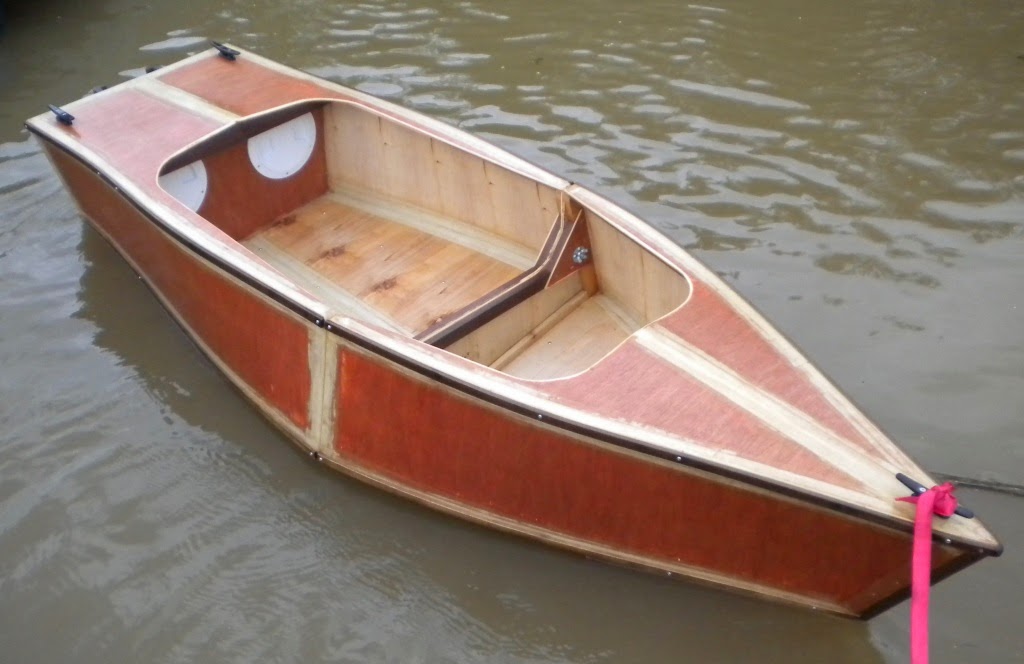
Beyond the Plane: Unveiling Unexpected Tools for Efficient Wooden Boat Building
Building a wooden boat is a labor of love, a testament to skill and patience. While traditional tools remain essential, efficiency in boat building hinges on embracing innovative techniques and often-overlooked tools. This article delves beyond the familiar, exploring unconventional approaches and tools that can significantly streamline your project, whether you're a seasoned craftsman or a passionate hobbyist.
The Unsung Heroes: Rethinking Essential Tools
Let's move beyond the standard chisel and saw. What often gets overlooked is the synergistic effect of combining tools. This isn't about replacing the classics but optimizing their use.
Q: How can I improve accuracy and speed in shaping complex curves?
A: Instead of relying solely on hand planes and spokeshaves, consider incorporating a CNC router with custom-designed bits. While the initial investment might seem significant, the precision and speed gained, particularly for repetitive tasks like creating identical ribs or frames, outweighs the cost over multiple projects. Furthermore, you can design and fabricate custom jigs for your router to perfectly replicate complex shapes ensuring consistency across the boat. This approach is gaining popularity among professional boat builders due to its repeatable accuracy and efficient workflow (Source: WoodenBoat magazine, various articles on CNC applications in boatbuilding).
Q: How can I minimize waste and maximize material utilization?
A: Digital design software coupled with a laser cutter is a game-changer. Before cutting any expensive lumber, create a detailed digital model of your boat, optimizing the layout of parts to minimize waste. The laser cutter then allows precise cutting of intricate shapes with minimal material loss, perfect for complex components like transoms or decorative elements. This precision reduces material waste significantly compared to traditional methods (Source: Research on laser cutting applications in woodworking from various universities).
Beyond the Workshop: Embracing Technology's Potential
Modern technology offers surprising advantages for the traditional craft of boatbuilding. It's not about replacing the human touch, but augmenting it for greater precision and efficiency.
The Story of "Sea Serpent": A Case Study in Modern Boatbuilding
A friend, a seasoned boatbuilder named John, recently completed his dream â€" a 26-foot sailing yacht, christened "Sea Serpent." What was remarkable wasn't just the beauty of the vessel but his process. John leveraged 3D modeling software to design the boat virtually, ensuring perfect fit and structural integrity before cutting a single piece of wood. He then used a combination of CNC routing and traditional hand tools, merging the precision of technology with the artistry of hand craftsmanship. This approach allowed him to build his dream boat faster and more accurately than he'd ever thought possible.
Q: How can I ensure structural integrity without over-engineering?
A: Finite Element Analysis (FEA) software allows for virtual stress testing of your design. By inputting your design parameters, FEA software simulates the stresses the boat will endure at sea. This allows you to optimize the design for strength and lightness, minimizing weight and maximizing efficiency while avoiding unnecessary material. This data-driven approach minimizes over-engineering and material waste (Source: Numerous engineering journals and software documentation on FEA applications).
Conclusion: The Future is Crafted
Wooden boat building remains a timeless craft. However, by embracing innovative tools and techniques, from CNC routers and laser cutters to digital design and FEA software, we can significantly enhance our efficiency and precision without compromising the artistry and satisfaction inherent in this beautiful craft. The future of wooden boat building lies in intelligently blending tradition with technology, resulting in stronger, more beautiful, and efficiently built vessels.
Note: This article encourages exploration and experimentation. Always prioritize safety and follow manufacturer instructions when using any power tools.




